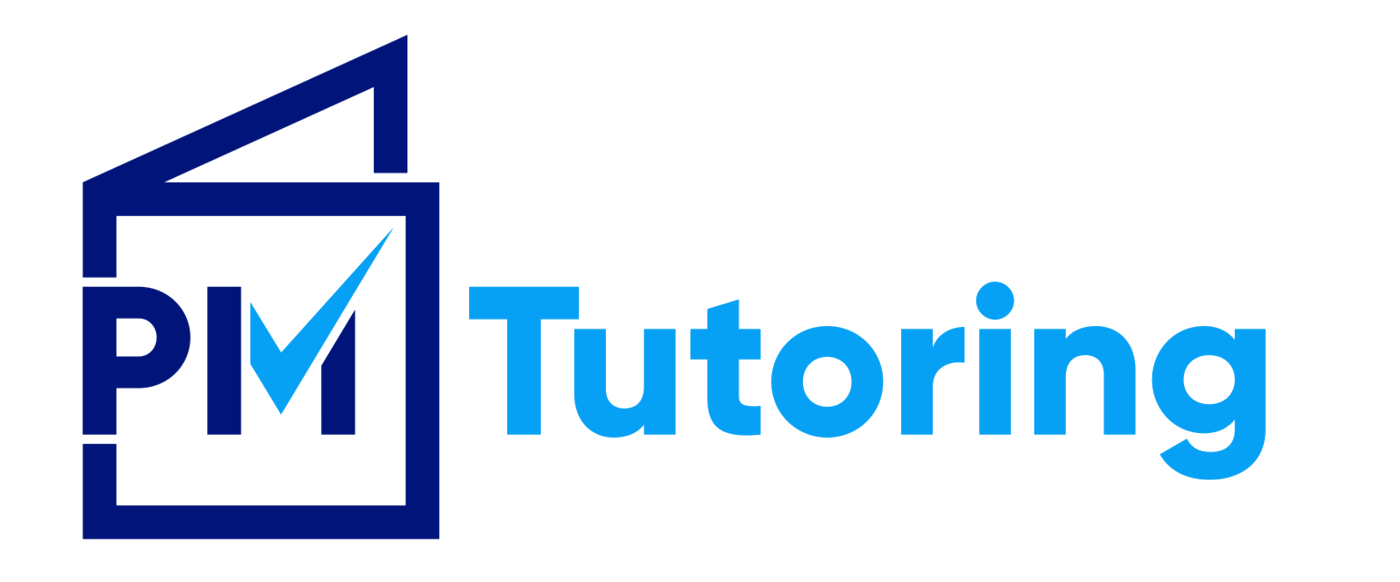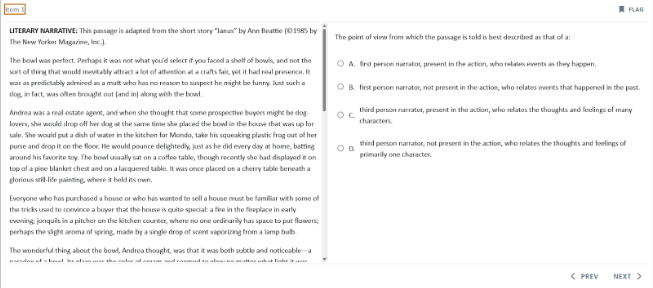ACT 2025 Updates & Our Recommendations
Updated: April 23rd, 2025
Less than a year after CollegeBoard unveiled its digital adaptive SAT in the US, ACT has made strides to follow suit. Here is what we know about the upcoming “enhanced” format, which will first be offered digitally in April 2025
*The current paper version will be offered until September 2025. ACT has insisted that they will always offer a paper version, unlike SAT. The September 2025 (and onwards) paper version will be the “enhanced” version.
Overview of changes:
The ACT will be offering an “enhanced” version of the test.
These “enhancements” are largely shortening the test:
English
Current format: 75 questions in 45 minutes
Enhanced format: 50 questions in 35 minutes
Math
Current format: 60 questions in 60 minutes
Enhanced format: 45 questions in 50 minutes
Reducing number of answer choices from 5 to 4
Reducing number of questions involving advanced topics and questions with context (require more time to read)
Reading
Current format: 40 questions in 35 minutes
Enhanced format: 36 questions in 40 minutes
Essentially one fewer question per each of the four passages
Science
Current format: 40 questions in 35 minutes
Enhanced format: 40 questions in 40 minutes
Ensuring at least one passage involves an “engineering and design” topic
Increasing the number of questions requiring background scientific knowledge
The science section will be optional on the enhanced format
Even if taken, it will not count towards the composite score, but will be reported separately. Thus, the new composite score will be taken by calculating the average of the English, Math, and Reading sections.
No more 5th section - traditionally, there has been a fifth section that is not counted towards student scores. This exists to test new questions’ performance before they are potentially incorporated into future tests.
Instead, “field test” items that do not count towards students’ scores will be woven through the test
In other words, a student can miss every single field test question and still get a perfect score
However, this does men that there are fewer actual questions that contribute to the score.
Field test items are expected to comprise 20% of the English section, 9% of the Math section, 25% of the Reading section, and 15% of the Science section.
Digital vs Paper | Timeline
The “enhanced” ACT will debut during the April administration in a digital format. Site availability for the digital test seems limited as of December 2024. The current paper version will still be available for the spring and summer 2025 tests.
The digital version of the ACT is *not* a digital adaptive test like the SAT.
There will be some content changes, but the test will remain static (how a student is performing does not have any impact whatsoever on upcoming questions).
The digital test comes with some tools including highlighter, answer eliminator
There is a built in *scientific* calculator that is capable of basic calculations. It does not have graphing capabilities. This is not the Desmos graphing calculator which is popular on the SAT.
We would recommend any student taking the digital test bring their own graphing calculator.
We are unsure if this is expected to change to include built in graphing capabilities down the line.
As of December 2024, the testing sites must provide devices for digital testing. Students will not be able to bring or use their own devices. ACT is currently piloting a “bring your own device” option.
The current paper version will be available until September 2025. The September 2025 paper administration will only be offered in the enhanced format. July 2025 will be the last opportunity to take the current version.
The score from the science section, which will not be optional until the September test, will still be factored into composite score of paper test until the switch to the enhanced format in 2025.
What we are unsure of/concerned about:
Scaling
With fewer questions (and the inclusion of field test items and a test that is not adaptive), scaling will likely be more volatile as the test attempts to gather the same information regarding student proficiency using fewer questions to do so.
For example, the current Reading section of the test scores students on a 1-36 scale with a sample of 40 scored questions. The enhanced format will purportedly yield the same scoring but do so using only 27 questions (36 total questions on the section minus the 9 unscored “field test” items). Given the test is not adaptive and does not weight questions differently based on difficulty or performance on other items, it is hard for us to imagine fewer questions will provide the same accurate assessment of student capabilities.
There are confirmed scaling differences between the paper test and the digital pilot administered in September 2024.
This test was the exact same content- however, it was scored differently depending on the testing modality. For example, correctly answering 35 questions (indicated as “Raw Score”- basically, missing 5 of the 40 questions) on the Science section of the paper test (Form H11, right above) would have yielded a score of 30. However, correctly answering the same 35 questions on the Science section of the digital test (Form 26D, left above) yielded a score of 28.
A scoring scale for Practice test 1 (the Digital Practice test linked below in the “Preparation” segment of this blog), which will also be the first paper test in the ACT Official Study Guide has been released. As anticipated, there seems to be pretty significant score volatility. The clearest demonstration of the volatility- While the current reading section includes 40 scored items, the new format will only include 27 scored items (36 total, but 9 are “field test” items that are not scored, as indicated on the “Overview of Changes” Chart). Answering 25 questions correctly (2 errors on scored questions) on this particular test would yield a score of 34. But 4 more errors would drop that score all the way to a 26.
Acceptance among colleges
There is no evidence that schools will view the enhanced or digital versions of the test any differently. What we are unsure of is whether or not schools will require or prefer the optional science section be taken or not. Accordingly, we suggest all students take the science section until further notice from colleges.
At least one school (Boston University) has publicly affirmed that they will only accept ACTs with the Science section included, and will recalculate all submitted scores to include the science section as part of the composite (basically, the way it has been historically calculated).
Effects of taking test from screen vs on paper
We are unsure about how students will adapt and react to the test being moved onto a screen. Logically, would expect difficulties arising from not being able to mark up texts and figures and being able to write work out directly on the test for math. Notably, the SAT changed the content of the test (from passage based to shorter “paragraph” texts with individually associated questions) and made the test adaptive. ACT did neither. This is essentially the same test but shortened and digitized. Here is an example of a Reading passage:
There are studies that suggest decrease in comprehension when scrolling is involved. However, ACT data seems to claim negligible differences in scoring between the paper and digital format.
Preparation
New tests require new practice materials - here is what we know of so far.
1. There is 1 digital “practice test” sample is available here: https://www.act.org/content/act/en/products-and-services/the-act/test-changes/online-testing/sample-questions.html
* You will need to scroll down to “Full Length Practice Test”
2. The above test will be included in paper format and 3 more will be released in the official ACT Red Book Study Guide which will be available to order May 6, 2025.
* We are unsure if corresponding digital versions of the other 3 tests will be released at this time, but will continue to update this blog as we learn more.
Our recommendation:
Take the paper format of test as long as it is offered. That would be the current format for the February, April, June, July 2025 tests and the enhanced format for September 2025 onwards.
There is more practice material available for now (decades of old released tests), and the scaling better understood and more predictable.
Hear about what the digital “enhanced” testing experience was like from a colleague from her appearance on the popular Tests and the Rest Podcast!






